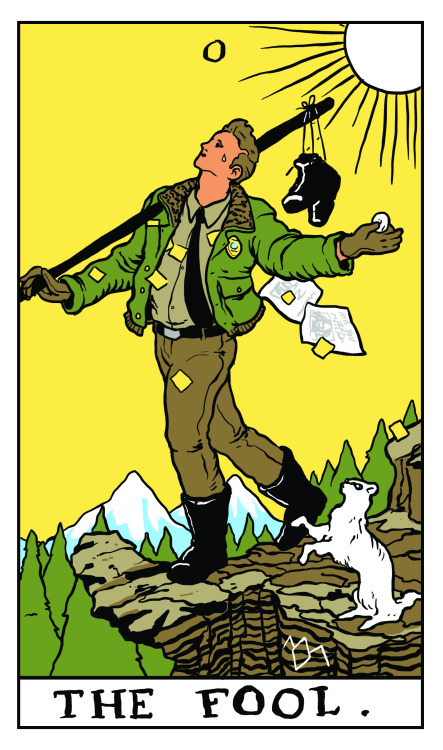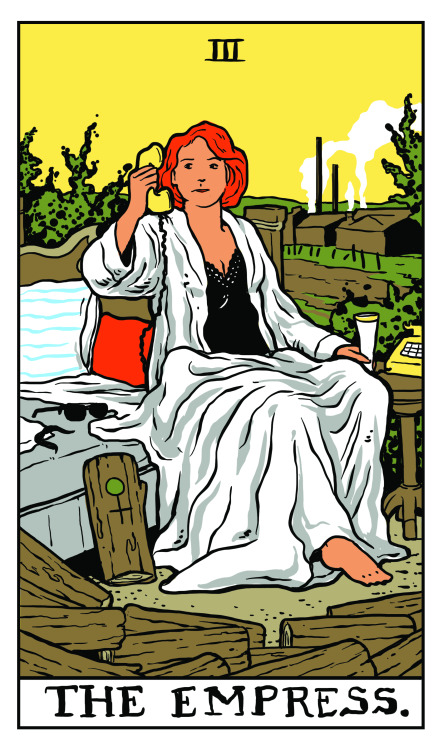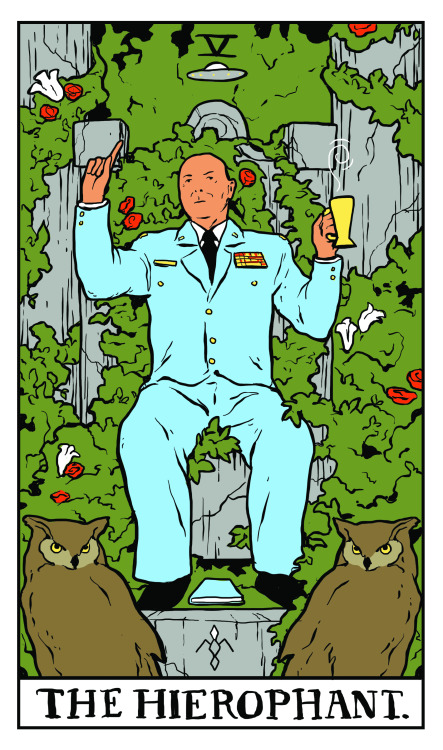 |
| Right-side modified from “Unscaping the Goat” (Ed Byrne, Level Design in a Day @ GDC 2011) |
This is adapted from my GDC 2015 talk "Level Design Histories and Futures" and resembles a similar but much shorter talk I gave at Different Games 2015. By "level" it means "level in a 3D character-based game", which is what the industry means by the word.The "level designer" is a AAA game industry invention, an artificial separation between "form" (game design) and "content" (level design). The idea is that your game is so big, and has so much stuff, that you need a dedicated person to think about the "content" like that, and pump it all out. This made level designers upset, since they were a chokepoint in the game production process and everyone blamed them if the game was shit. To try to bypass this scapegoating, level design has changed over the past decade or two, from something vague / loosely defined, to something fairly specific / hyperspecialized.
What is the shape of this level design, what did it used to be, and what else could it be in the future?
But first, let's talk about chairs.
What is a chair? What is the most "chairful" chair, the chair that exemplifies the pure essence of chair-ness?
The ancient Greek philosopher Plato argued that the most chairful chair did not exist in real life -- and only philosophers, through disinterested intellectual contemplation, could understand the true essence of a chair.
This is the idea of
"Platonic forms", that specific concrete chairs are less relevant than the universal structure and patterns inherent among all chairs. Level design and architecture make similar claims about "universal structures"...
Ancient Greek architecture was fascinated with forms. Buildings were made of clearly articulated walls, floors, pillars -- and each part of a building was to conform to a specific set of proportions in order to be most beautiful. How many different types of buildings are there? (The correct answer is
three.)
Early modernist architecture echoes this formalism, where the phrase "form follows function" comes from. Form is considered to be the sum of a building's core structural elements, and so buildings should match this ideal form as much as possible.
Some Western modernist architects even thought they could design a universal form devoid of politics, an
"International Style" of building that would transcend the violent nationalism of the 20th century. Sounds like a nice idea, right?
Here, architects were assuming the underlying "Platonic form" of all societies was architecture, which meant architects were philosopher-kings whose duty was to
"go back into the cave" and help others. Much of "level design" today inherits these high modernist ideas, both in politics and practice.
To address practice, we must address tools. The first level editors for 3D games like Wolfenstein3D and Doom 1 were actually 2D top-down grid views, inspired mostly by actual architectural industry drafting tools like AutoCAD. The next generation of editors for "true 3D" games like Quake, Unreal, and Half-Life were inspired more by 3D modeling tools and 4-split pane interfaces. Here, level design was largely a matter of construction and opportunity for details.

Today, most 3D games use one large 3D view and modular construction, where a level designer's task is more to assemble pre-fabricated modules already made by environment artists. Some AAA studios maintain strict divides between level design and environment art, and I think this division is on the rise as demands for higher fidelity increase, as more Western studios outsource environment art asset production while keeping design in-house. It makes sense to do it like this when your boss tells you to build a giant city full of thousands of things within a year.
This shift in workflow is about taking the construction out of level design. Level designers used to be artists, sculptors, modelers, and carpenters -- but today, the game industry has decided that a level designer is mostly an architect who draws a blueprint and manages labor.
Most industrial level designers might start with a design document or general concept pitch. Once approved, they would begin sketching a floorplan and paper prototyping some shapes. After another round of approvals, they make a greybox or simple 3D block-out (or hand it off to a "level builder") and do some playtesting in the graybox, then hand it off to the environment art team for an art pass. (see below)
The idea here is that these gray boxes ARE the soul of the level, and art assets and detail are just "ornament" -- and according to the high modernist architects of the early 20th century,
ornament is not "real" architecture. This is VERY different from ideas of early level design; check out
this 2001 level designer job posting from a little company called Crytek, where they want you to have "art skills" and 3D modeling experience. So in between then and now, the level design field embraced high modernism, and they started pumping stuff out that looked like high modernism.
(Note that this is just AAA level design; AAA games as a whole are totally addicted to ornament and excessive detail.)The problem with embracing this brand of modernism as a central creative driving force is that it essentially died, like, 50 years ago. Today, if you're called a "formalist" in art or architecture, it is probably intended as an insult. We can trace its death back to the idea of Platonic forms -- remember that question, what is the most chairful, chair-iest chair?
Postmodernism was about this realization that, wait, ANYTHING can be a chair, it depends on how you use it? What if you're a farmer who was denied permission to build a horse shelter, so you build some 20 foot tall chairs -- these chairs clearly aren't chairs, and yet they are. Or what about professional wrestlers who "give 'em the chair"? It is important that is a chair because it isn't functioning as a chair.
If a building cannot dictate how it is used or interpreted by its people, then how can architecture know what's best for everyone?
By the way, who was "everyone"?
Take Frank Lloyd Wright's famous
"Fallingwater" -- who owns Fallingwater, who can afford to go there, who can get car insurance and a credit card to rent a car to go drive there? Most of the well-preserved architectural landmarks, ancient or modern, were made for governments, religious institutions, large militaries, or maybe just plain ol' rich people.
Le Corbusier wanted to bulldoze the middle of Paris and replace it with condos, and
Robert Moses wanted to bulldoze Greenwich Village and replace it with a highway.
Who exactly benefits from this supposedly apolitical, ideal universal form of society?
Architecture has politics embedded in the form, as well as politics completely outside of the form.
For instance, the
Vietnam Veterans Memorial in Washington DC is one of the most acclaimed pieces of memorial architecture -- and it was designed by
Maya Lin, then a young architecture student. Her proposal was two dark metallic marble cuts into the ground, with the name of every US military casualty etched into its surface. It is a scar in the landscape that tries to give every death some space and room for reflection. If you see any memorial architecture with multitudes of names etched into it, it's because Maya Lin changed the field.
Her proposal was part of a blind competition. When US senator and local racist Ross Perot found out the winning architect was a young Asian woman, he called her an "eggroll." He and senator Jim Webb withdrew their approval, and Ronald Reagan's secretary of interior James Watt threatened to revoke the building permit. To review: the building itself was great... until they found out an Asian woman designed it, and then all bets were off because it was "disrespectful to the boys who died in Vietnam"... but even if you follow that terrible logic, Maya Lin is Chinese and she was BORN. IN. OHIO.
This is pretty much a clear-cut example of institutional racism and sexism. That's why orthodox modernism had to die, because even old white male racists have to admit that "what a building is" often has nothing to do with its form.
Postmodern architecture and subsequent movements are about how a home is so much more than just a "machine for living", and emphasizes how decoration is important for people and communities. Lack of decoration is a style of decoration in itself. There is no such thing as "pure form."
Here, the governing mantra is less "form follows function", and more like "form follows worldview." When we build for people instead of market demographics, our work can become part of a community and it can endure -- this is a core tenet of sustainable architecture, to actually study and collaborate with neighborhoods and governments.
Inner City Arts in Los Angeles provides an under-served neighborhood with arts programs and a civic center. It was painted white, to emphasize how they would maintain this infrastructure, and they kept the garage door aesthetic to callback to the location's history as a set of re-purposed industrial garages.
Here, the main formalism was about the different milestones in the art center's construction, and how they "released" this center in "early access" as stages, so they could be useful to the community as soon as possible. Architecture is an on-going dialogue with stakeholders that affects the development process over time.
Because Team Fortress 2 used its achievement system to gate item unlocks, the player community quickly established achievement grinding servers so players could acquire items more quickly. In response,
achievement_all_v4 is an "achievement trap" map where everything seems normal for a few minutes, and then a giant cat rises out of the ground and starts killing everyone with laser beams and cannons. At the end, the entire server is nuked as punishment.
Note that the "achievement grinding map" is itself a form of local level design, a genre devised by players -- and so is the achievement trap genre as well. This level design functions as a complex rhetoric, an effective moral commentary on a community response to a developer's game update.
For the
Quinta Monroy housing development, the government hired a firm to renovate a neighborhood populated mainly by squatters. This could've been another housing project, but the firm actually did workshops with residents to listen to their needs and imagine what the houses would look like. They turned their limited budget into a design strength: rather than build an entire residence at a low and cheap standard, they chose to collaborate with the residents' ability to adapt housing – instead, they only built half of a house, but it's an entry-level middle class half of a house that would've been difficult for the residents to build themselves.
The residents at Quinta Monroy can then finish the house themselves and make it their own, sharing control over the appearance and structure of their neighborhoods with the architects. What if we left our own games and levels purposely half-finished, as a gesture of outreach and respect for players?
The
Gary Hudston Project is a Portal 2 puzzle map that ends with a marriage proposal, intended for one specific player in the entire world, commissioned for a specific time and place. It reminds me of one of my level design students who wants to make a map based on his family's home before they move away -- what if we made small levels or games as gifts, as tokens, as mementos?
Notice that typical game design questions don't really apply here. No one cares if the puzzles were good or if the textures were aligned. What matters is whether the proposer spent months making it or commissioned it, or whether the player said "Yes" at the end; what matters is the process and the response, not necessarily the product nor its specific form.
Industrial level design views every design problem as a problem of production time, dependent on the ability to scope and plan and manage human labor.
In contrast, local level design views every design problem as a problem of dialog and methodology, it is a "compassionate formalism" that tries to collaborate on conceptual frameworks rather than imposing them. I hope these already existing examples of locally-oriented practice across architecture and level design demonstrate that it is something possible, important, and real.
And that is why "chairs can't just be chairs."

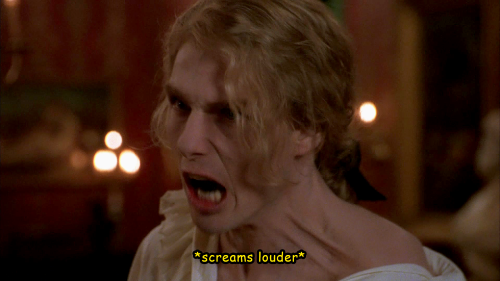

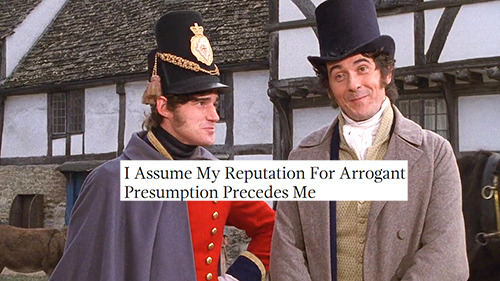

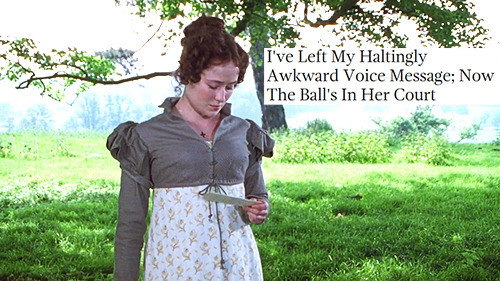

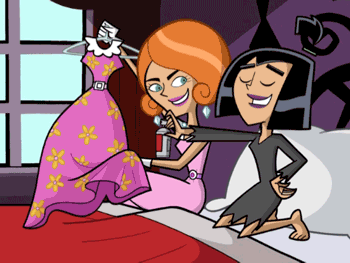
























 In the panel of the cartoon reproduced here, you can see Wimberly’s original color swatch for the character alongside the swatch he was instructed to use for the character.
In the panel of the cartoon reproduced here, you can see Wimberly’s original color swatch for the character alongside the swatch he was instructed to use for the character.




 Now, perhaps it was unfair to use Batman as a comparison as his character is more often depicted at night than is Wonder Woman—a fact which might mean he is more often depicted in dynamic lighting than she is. But it’s an interesting thought experiment. Based on this sample, two things that seem immediately apparent. Amazing-man is depicted much darker when his character is drawn angry. And Wonder Woman exhibits the least color variation of the three. Whether this is representative is beyond the scope of the post. But, it’s an interesting question. While
Now, perhaps it was unfair to use Batman as a comparison as his character is more often depicted at night than is Wonder Woman—a fact which might mean he is more often depicted in dynamic lighting than she is. But it’s an interesting thought experiment. Based on this sample, two things that seem immediately apparent. Amazing-man is depicted much darker when his character is drawn angry. And Wonder Woman exhibits the least color variation of the three. Whether this is representative is beyond the scope of the post. But, it’s an interesting question. While 






